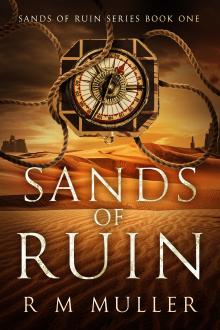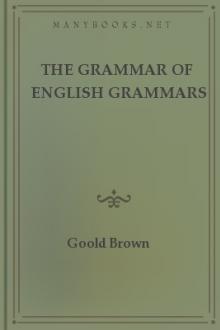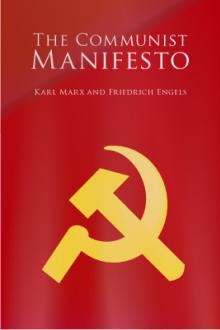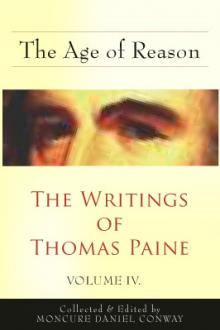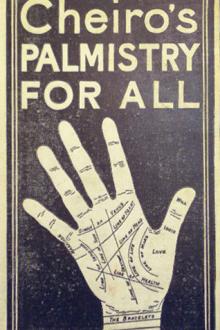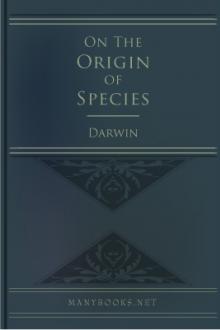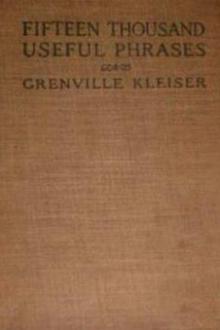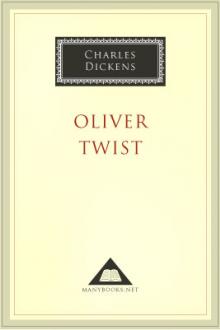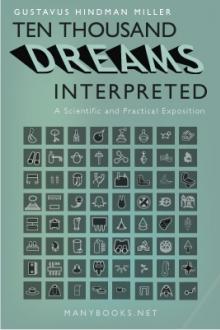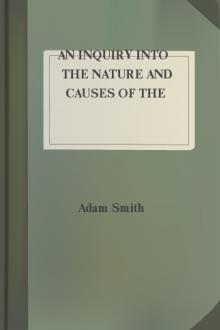The Working of Steel
The Working of Steel
Annealing, Heat Treating and Hardening of Carbon and Alloy Steel
Book Excerpt
us Manganese Chromium 0.97 0.25 0.014 0.013 0.33 0.70
Ingot weight poured 94.0 per cent Scull 2.7 per cent Loss 3.3 per cent
Total current consumption for the heat, 4,700 kW.-hr. or 710 kw.-hr. per ton.
Electric steel, in fact, all fine steel, should be cast in big-end-up molds with refractory hot tops to prevent any possibility of pipage in the body of the ingot. In the further processing of the ingot, whether in the rolling mill or forge, special precautions should be taken in the heating, in the reduction of the metal and in the cooling.
No attempt is made to compare the relative merits of open hearth and electric steel; results in service, day in and day out, have, however, thoroughly established the desirability of electric steel. Ten years of experience indicate that electric steel is equal to crucible steel and superior to open hearth.
The rare purity of the heat derived from the electric are, combined with definite control of the slag in a neutral atmosphere, explain
FREE EBOOKS AND DEALS
(view all)Popular books in Instructional, Non-fiction
Readers reviews
0.0
LoginSign up
Be the first to review this book
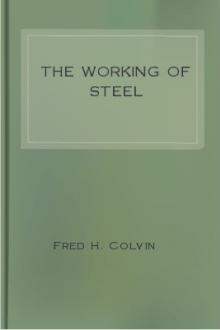
 Free Download
Free Download






